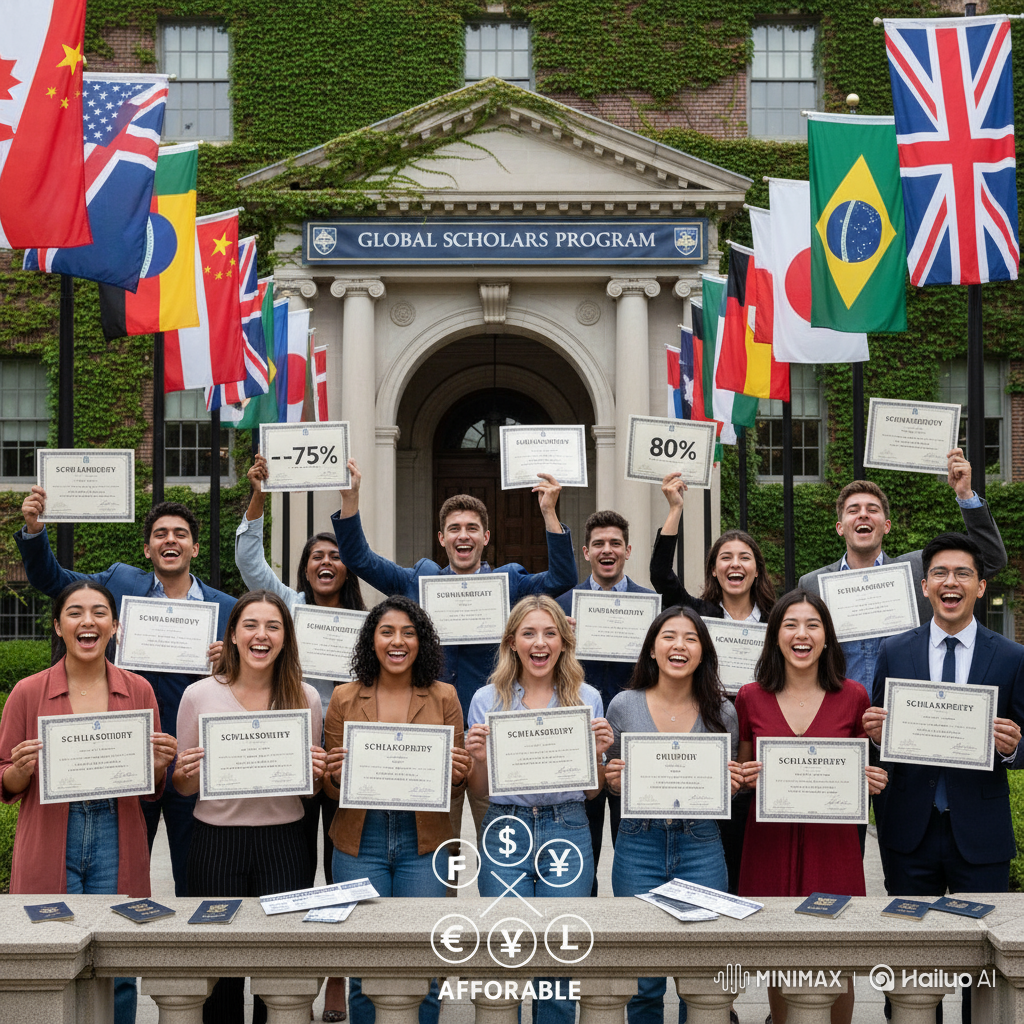What Are Scholarships and Why They Matter
Scholarships are financial awards that help students pay for college without taking on debt. In the U.S., they come from universities, private organizations, or even individuals who want to support education.
When I applied for my first scholarship, I was both excited and overwhelmed. It wasn’t just about grades — it was about showing who I was and why I deserved the opportunity. Scholarships do more than pay tuition; they recognize potential, effort, and resilience.
Today, scholarships remain one of the most accessible ways to make higher education affordable, especially as college costs rise every year.
Main Types of Scholarships in the U.S.
Not all scholarships are the same — and understanding the categories can double your chances of success.
| Type | Description | Typical Eligibility |
|---|---|---|
| Merit-based | Awarded for academic or extracurricular excellence. | GPA ≥ 3.0, leadership, achievements. |
| Need-based | For students with financial need; FAFSA required. | Demonstrated economic hardship. |
| Athletic scholarships | For outstanding athletes recruited by colleges. | Competitive sports record. |
| Minority & diversity scholarships | Promote inclusion for underrepresented groups. | Ethnic, gender, or social background. |
| Field-specific scholarships | For careers like STEM, nursing, or the arts. | Enrolled in related programs. |
– From my own experience: applying to both need-based and merit-based scholarships at the same time gave me more opportunities — and one of them covered an entire semester!
How to Find the Right Scholarship
Searching for scholarships can feel like a full-time job, but with the right tools, it becomes much easier.
Here are the three best starting points I always recommend:
- studentaid.gov — the official U.S. government site; clear and reliable.
- scholarships.com — huge searchable database by criteria like GPA, major, or location.
- bold.org — modern platform with personal profiles and community stories.
Beyond websites, I also found scholarships through my college’s financial aid office and local community foundations — these often have less competition.
📘 Pro tip: set aside one hour a week to search and apply; consistency wins more than last-minute rushes.
How to Apply Successfully
Applying for scholarships is an art. Here’s the step-by-step plan that worked for me:
- Read all eligibility criteria carefully.
Missing one requirement (like residency or GPA) can waste hours. - Write a unique, heartfelt essay.
When I shared how education helped my family overcome hardship, reviewers connected emotionally — and I won! - Secure recommendation letters early.
Ask teachers or mentors who know you well. - Stay organized.
I used a spreadsheet to track deadlines and document requirements.
Remember: the goal is not to impress but to be authentic and clear about your goals.
Common Mistakes to Avoid
Even strong applicants lose chances for simple reasons.
Avoid these traps:
- Reusing the same essay for all applications.
- Ignoring smaller local scholarships (they’re often easier to win).
- Waiting until the deadline week.
- Forgetting to proofread essays — one typo can hurt credibility.
Once, I missed a $1,000 opportunity just because I uploaded the wrong essay draft. Since then, I always triple-check before clicking “Submit.”
FAQs About Scholarships in the U.S.
When should I start applying?
Ideally 6–12 months before starting college — deadlines vary widely.
Can international students apply?
Yes, though eligibility depends on each program. Many private scholarships accept international applicants.
Do scholarships cover living expenses?
Some do! Full-ride scholarships often include housing, meals, and books.
Do I need FAFSA for every scholarship?
Not all — mainly for federal or need-based ones.
Conclusion
Getting a scholarship in the U.S. isn’t about luck — it’s about strategy, storytelling, and persistence.
Every application is a chance to refine your voice and showcase what makes you unique.
If you’re starting today, remember: small steps — one application, one essay — can lead to life-changing results.

